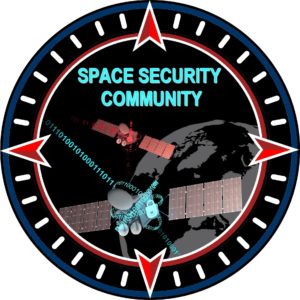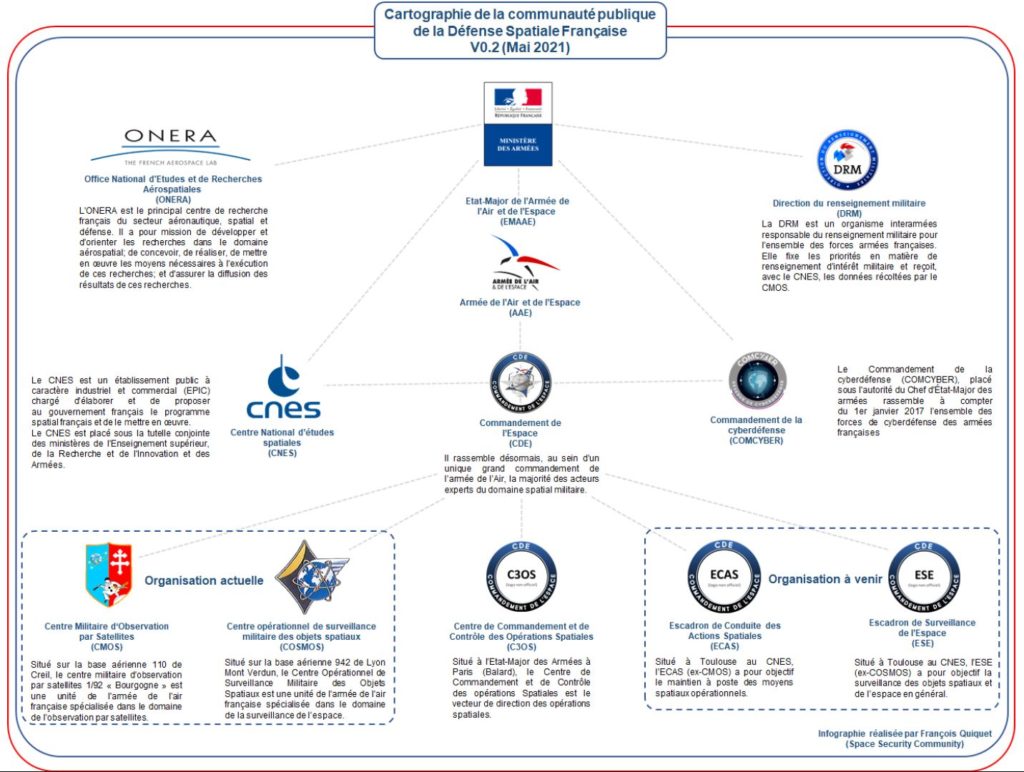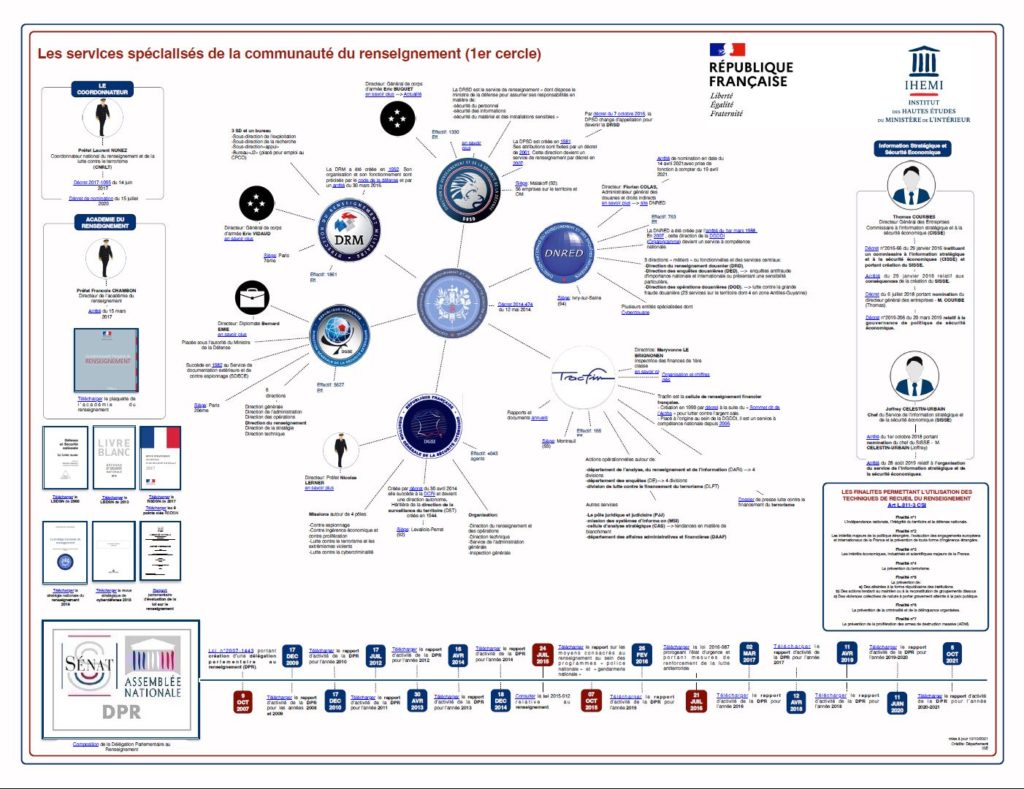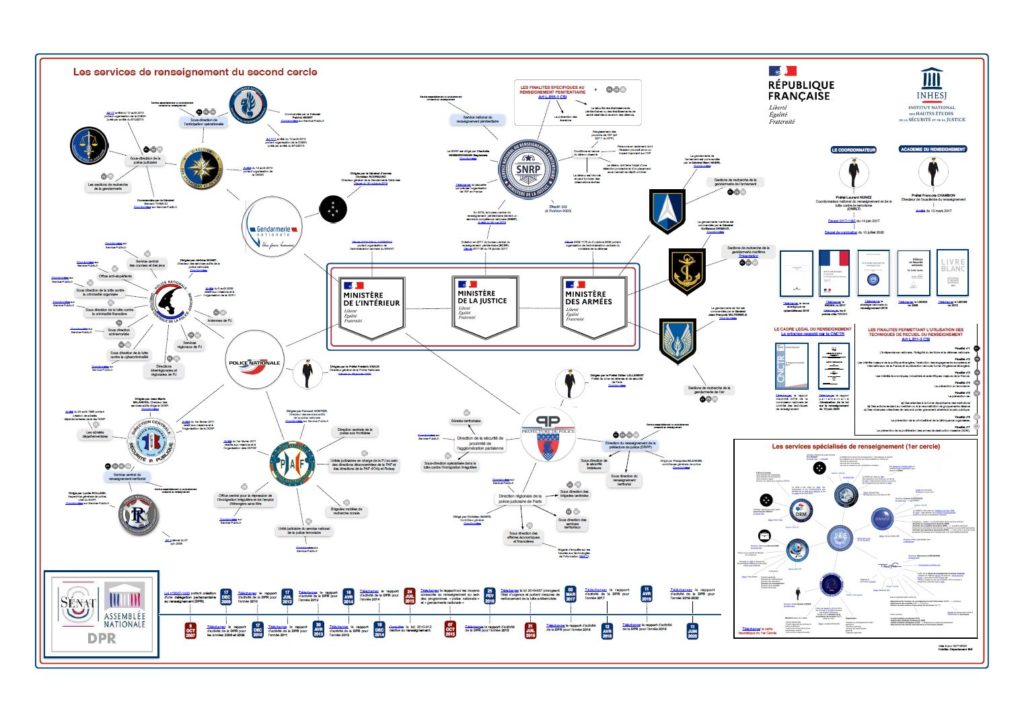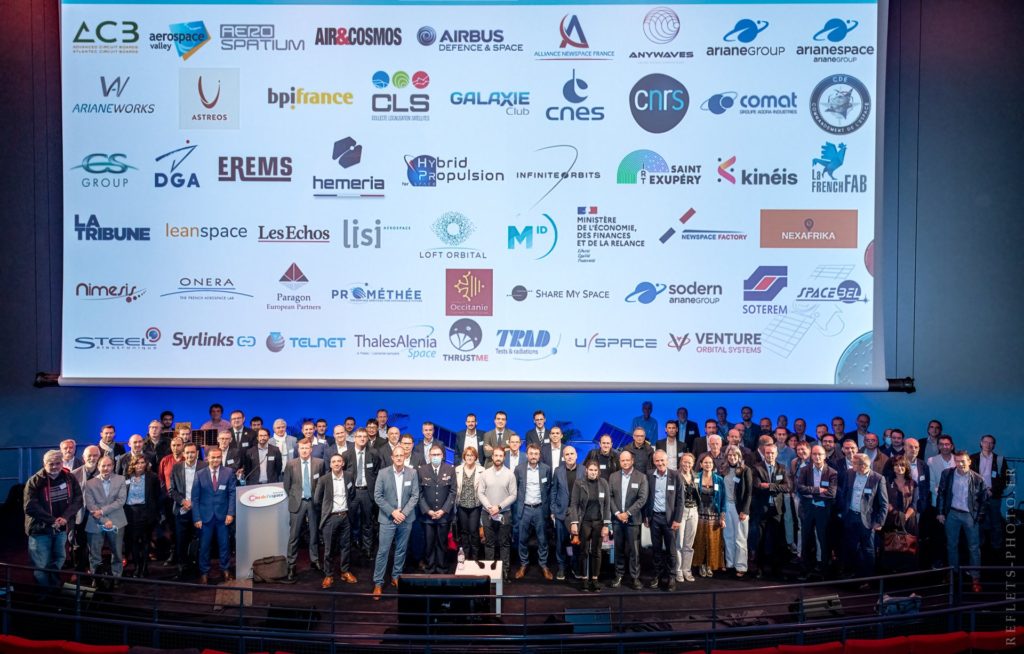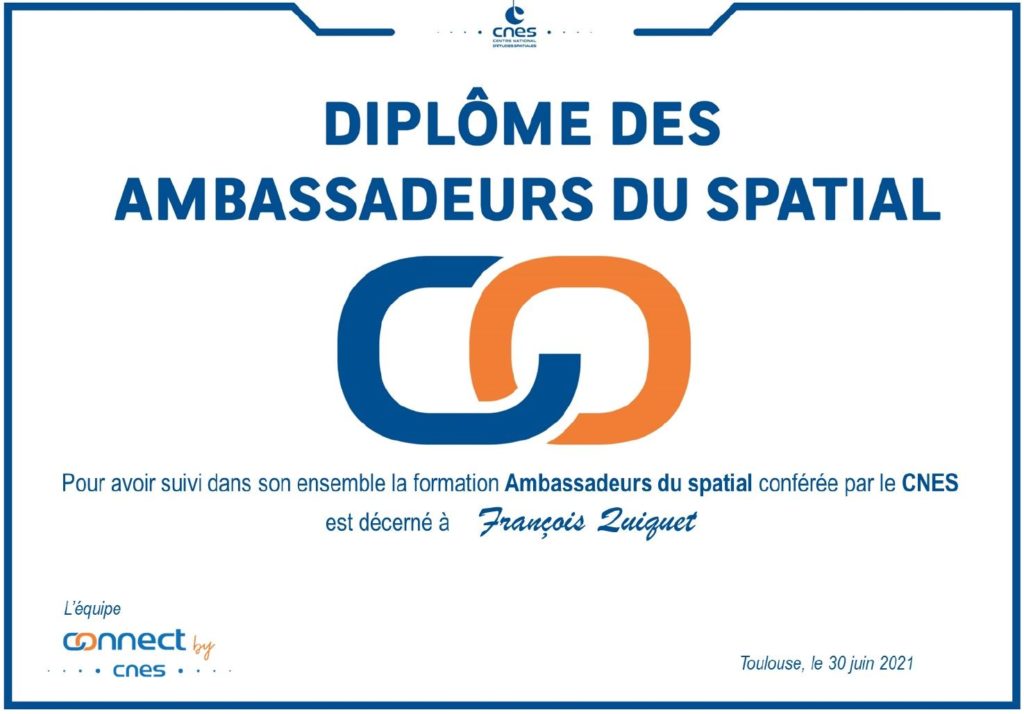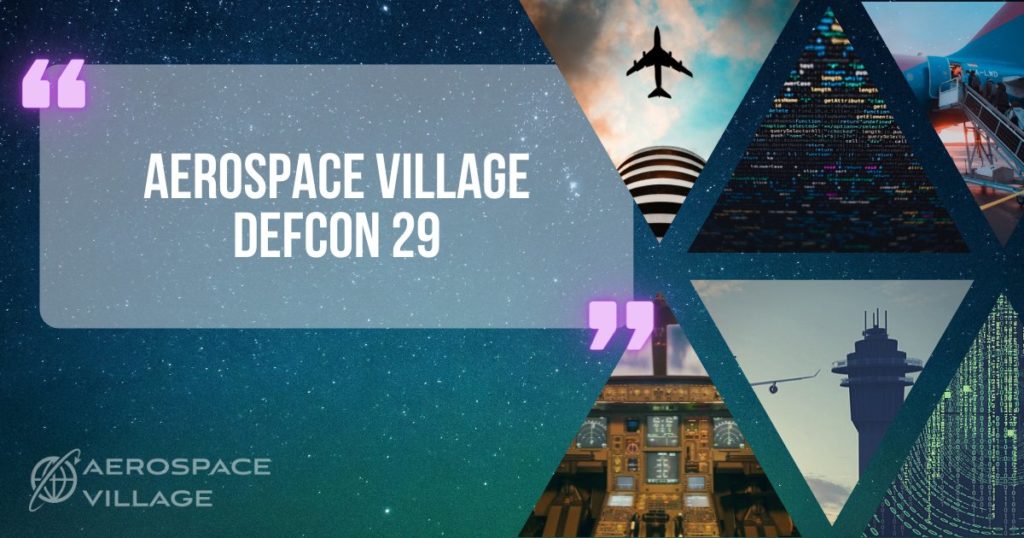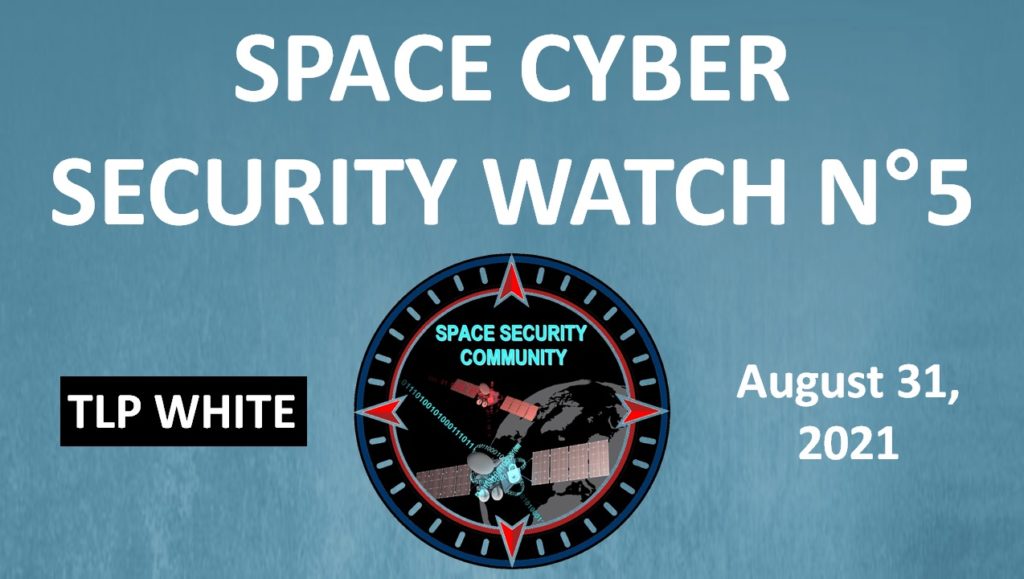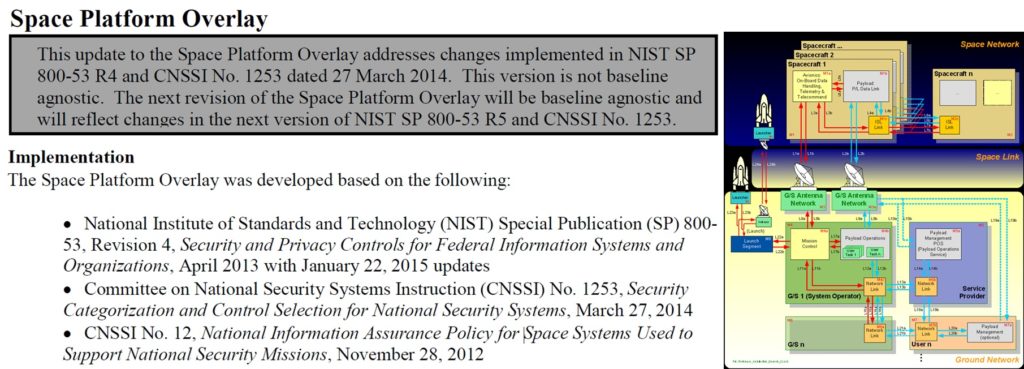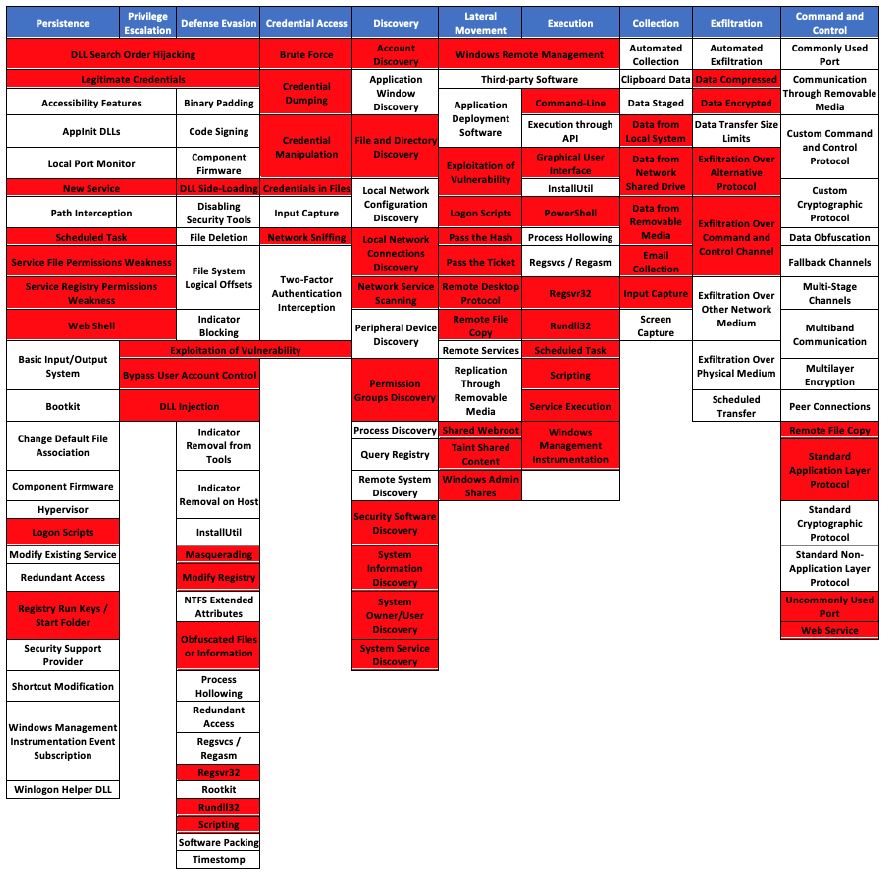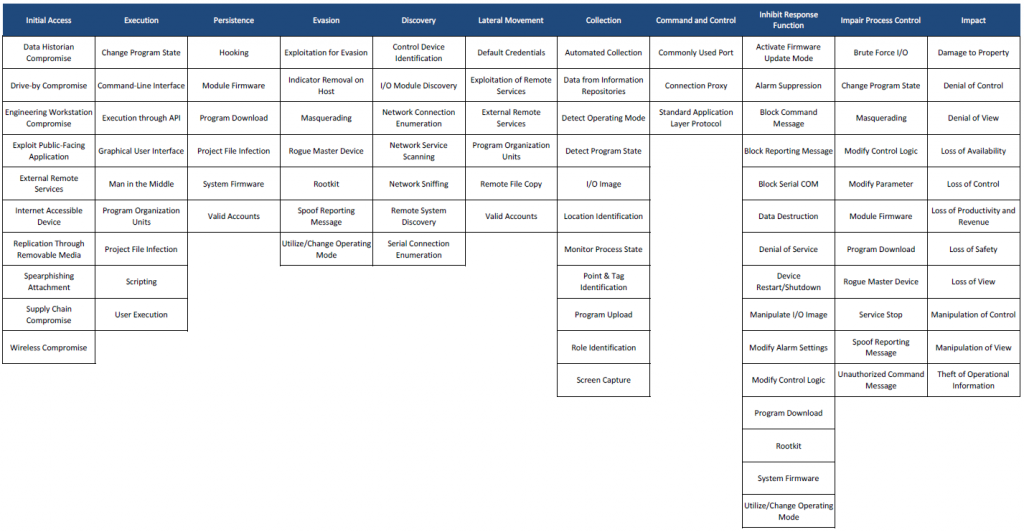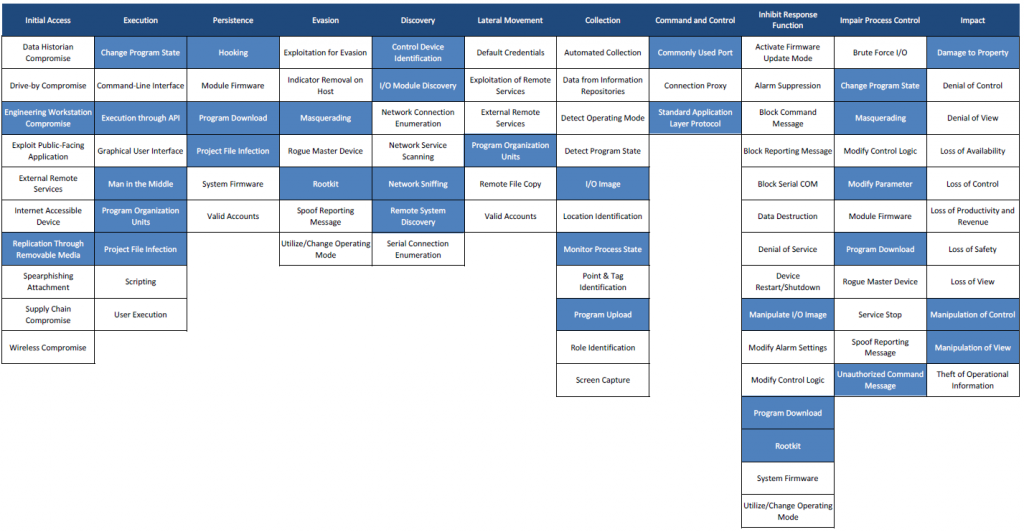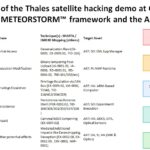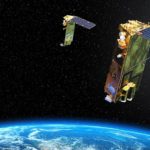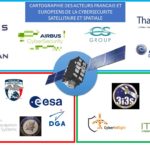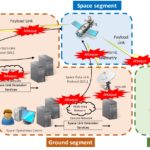Find below the new Space Cyber Security Watch No 7 (November 7, 2021). In this paper, you will find everything that has caught our attention since the last time : news, articles, papers, Space CTI, videos, webinars, events, attacks, podcats … This work is not exhaustive, so comments and observations are welcome.
Contents
Articles
- Space ISAC Newsletter (October 2021) – Mission: Secure Space
- From Supply Chains to Spacecraft: Taking an Integrated Approach to Cybersecurity in Space
- World leading partnership to deliver Cloud Computing to the edge of the battlespace – Thales Australia, Microsoft and Australian SMEs Myriad Technologies, archTIS and Fortifyedge have partnered to launch Nexium Defence Cloud Edge (NDC Edge), a secure Tactical cloud computing capability at the edge of the battlespace
- NSA Leader Promotes Industry Collaboration on Cyber Issues – The National Security Agency (NSA) is seeking collaboration with the private sector on cybersecurity issues
- Cyber Advisor to President Biden Details Cybersecurity Points for Space – The U.S. cybersecurity advisor to President Joe Biden said that cyber and space communities are separated by a common challenge, one these communities don’t always realize
- Engineering the future of space security – Cyber attacks on space systems are escalating. Defense and intelligence agencies can accelerate cybersecurity with space IT solutions combining open systems architecture, model-based systems engineering (MBSE), and the power of a proactive approach
- Space ISAC and NY Metro InfraGard Members Alliance Announce Collaboration to Advance the Mission of Cybersecurity in Space
- NRO establishes licenses and cybersecurity rules for commercial imagery providers
- Industry panel: U.S. space systems need protection against cyber attacks
- Connecting the Dots | Crowded orbits pose new security threats
- The EU Faces Legal Changes Ahead for Cybersecurity in Space
- US to curb hacking tool exports to Russia, China
- AFRL Space Vehicles Directorate holds first Space Cyber Summit
- US Space Force to Kick Off IA-PRE Program in January 2022
- U.S. Satellite Sector Must Get Agile to Beat China, Says Former USAF Software Chief
- BT secures industry first Global Partnership with OneWeb
Videos
- Cybersecurity on the Final Frontier: Protecting Our Critical Space Assets from Cyber Threats
- Safeguarding the Final Frontier – Analyzing the Legal and Technical Challenges to Mega-Constellations (SGAC Cybersecurity)
- ASCEND 2021: Development of Cybersecurity Norms for Space Systems
- ASCEND 2021: Planning for Future Conjunctions
- ASCEND 2021: Preserving Space Through Collaborative Decision Making by Space Operators
- ASCEND 2021: Extending a Big Data Platform for Transportation to Space
- ASCEND 2021: Translating Space Cybersecurity Policy into Actionable Guidance for Space Vehicles
- MITRE Grand Challenges Power Hour: Preserving the Space Domain
- SISE: Decentralized Space Information Sharing as a Key Enabler of Trust & the Preservation of Space
Webinars
- National Cybersecurity Center of Excellence (NCCoE) Web-Conferences on Cybersecurity of the Space Ground Segment – The meetings take place every other Thursday and are run under “Chatham House” rules (comments will not be attributed from the conversations). Feel free to attend as many or as few of these meetings as you are able to
Past Events
- October 6–8, 2021 : Understanding Cybersecurity in the Space Domain
- October 4-7, 2021 : 32nd Aerospace Testing Seminar has new dates – Theme for the 2021 ATS is « Smart Testing for Today’s Missions. »
- October 5 – 7, 2021 : ESA Software Product Assurance Workshop 2021. There will be one full day of ECSS training, followed by 3 days of interesting presentations and discussions on various topics. Registration here
- October 5 – 7, 2021 : CyberSatGov – To bring together the satellite community with the government and military markets to have a comprehensive, progressive discussion about cybersecurity. The CyberSatGov Agenda is Here!
- October 7-8, 2021 : Global Resilience Federation (GRF) Summit on Security and Third-Party Risk
- October 13, 2021 : Space Cybersecurity Symposium II: Applied Cybersecurity for Space – The Department of Commerce (DOC) and the Department of Homeland Security (DHS) invite you to their second jointly hosted space cybersecurity symposium.
- October 19-20, 2021 : 2nd annual Value of Space Summit – The Space Information Sharing and Analysis Center (Space ISAC) and The Aerospace Corporation are pleased to host the 2021 Value of Space Summit, a 2-day virtual community event to convene a variety of perspectives from across the space enterprise.
- October 19 – 21, 2021 : 11th IAASS conference : Managing Risk in Space – The 11th IAASS Conference “Managing Risk in Space”, organized in cooperation with the Japan Aerospace Exploration Agency (JAXA) is an invitation to reflect and exchange information on a number of space safety and sustainability topics of national and international interest.
- October 25-29, 2021 : IAF’s IAC 21 in Dubaï – 72nd International Astronautical Congress 2021 (Dubai, United Arab Emirates) with two security sessions
Upcoming Events
- November 8, 2021 : COMET CYBersécurité du CNES – Journée « Menaces « cybersécurité » et secteur spatial » à Toulouse et en distanciel.
- April 2022 : Breaking news! CYSAT will be back for the second edition and we selected Paris as our home!
- November 15-17, 2021 : Welcome to AIAA ASCEND to experience the aerospace cybersecurity programming, including a table top exercise, hands-on demonstrations of satellite cybersecurity, and panel discussions (cybersecurity in space)
- PDF Program of Aerospace Cybersecurity
- Space Traffic Management, Space Domain Awareness and Integration – Operating Thru Cyber Attack
- Cybersecurity with JPL and Gregory Falco
- What Cybersecurity Lessons Can We Learn From Non-space Operational Domains?
- CubeSat Cybersecurity Interactive Demonstration
- Cyber Star Space Power Projection Game
- Trusted Sharing of Space Cybersecurity Knowledge: Aerospace Village
- Digital Twinning Increases Space Systems Success
This work is not exhaustive, so comments and observations are welcome.


